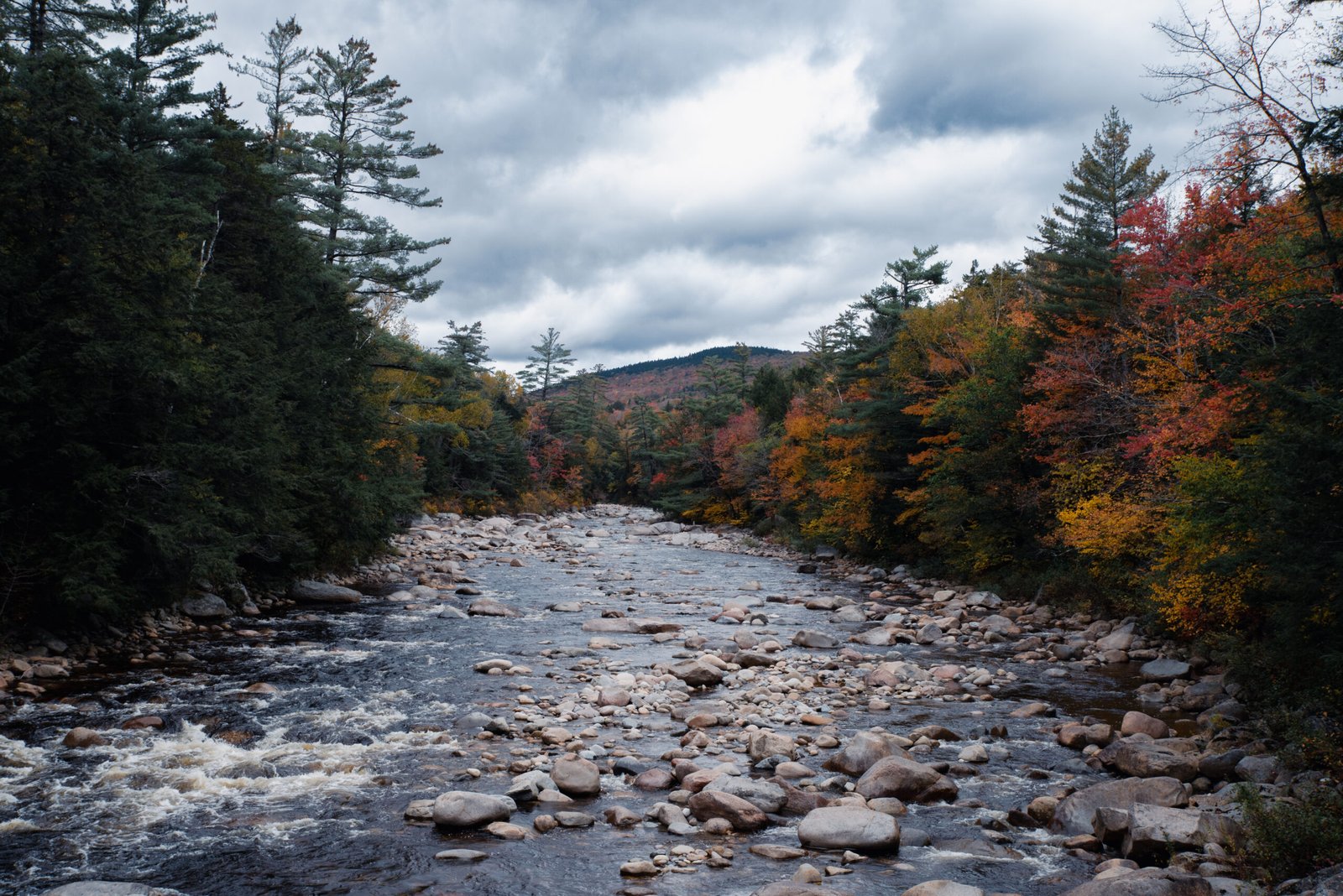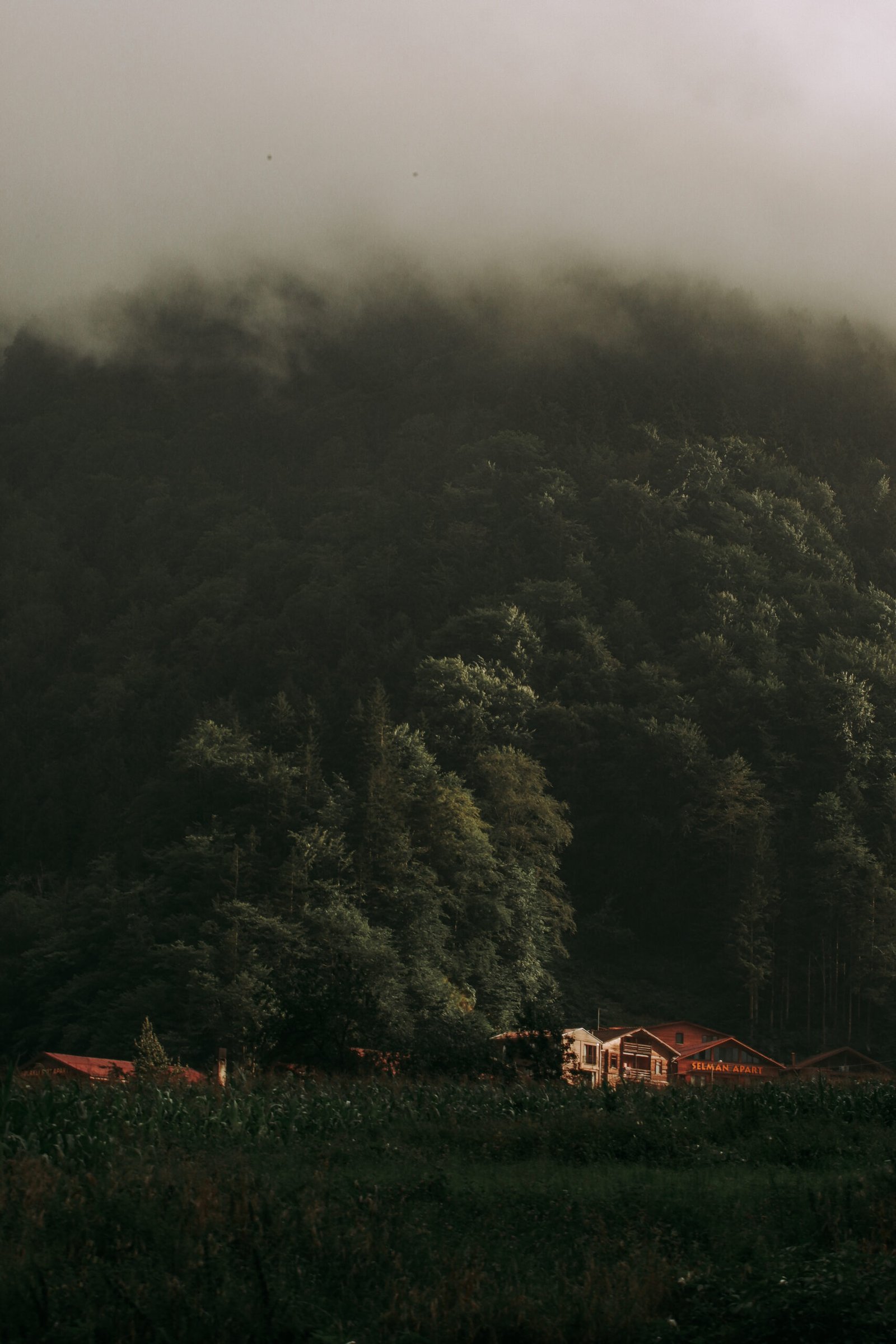
Kobuk, Alaska
So you’re curious about Kobuk, Alaska? Well, let me fill you in. Nestled amidst the wild and breathtaking landscapes of Alaska, Kobuk is a hidden gem that often gets overlooked. As one of the many vibrant cities in this northern wonderland, Kobuk exudes a unique charm that draws adventurers and nature enthusiasts from far and wide. With its awe-inspiring natural beauty, rich cultural heritage, and endless outdoor activities, Kobuk is a place where you can escape the hustle and bustle of city life and immerse yourself in the untamed wilderness of Alaska. So pack your bags and get ready to discover the wonders that await you in Kobuk, Alaska!
Geography
Location
Located in northwestern Alaska, Kobuk is a small city situated in the Northwest Arctic Borough. It is nestled between the Baird and Waring mountain ranges, with the Kobuk River flowing through the region. The city is located 20 miles south of the Arctic Circle, experiencing the unique phenomenon of the Midnight Sun during summer months.
Climate
Kobuk experiences a subarctic climate with long, cold winters and short, cool summers. Temperatures can plummet to well below freezing during winter, with average lows around -15 degrees Fahrenheit. Summers are mild, with temperatures ranging from the mid-50s to low 60s. Precipitation is relatively low throughout the year, with snowfall being the primary form of precipitation in winter.
Natural features
Kobuk is surrounded by breathtaking natural features that showcase the stunning beauty of Alaska. The Kobuk River, a significant waterway in the region, offers opportunities for boating, fishing, and other recreational activities. This river is known for its pristine waters and untouched wilderness, attracting nature enthusiasts and adventure seekers. The city is also located near the Kobuk Valley National Park, a vast expanse of sand dunes, forest, and rolling tundra that serves as a habitat for caribou, bears, and various bird species.
History
Early settlements
Kobuk has a rich history dating back thousands of years. The region has been home to indigenous peoples, including the Inupiaq and Kobuk cultures, for centuries. These early settlements relied heavily on hunting, fishing, and gathering for sustenance, crafting a way of life closely intertwined with the natural environment.
Exploration and colonization
The arrival of European explorers, such as Russian fur traders and later American prospectors during the gold rush era, brought significant changes to the Kobuk area. It led to increased interactions between the indigenous communities and newcomers, with trade networks establishing and new cultural influences introduced.
Modern development
In modern times, Kobuk has transformed into a thriving community with a blend of traditional and contemporary influences. The city has seen the development of infrastructure, including schools, healthcare facilities, and utilities, providing essential services to its residents. Despite its remote location, Kobuk has managed to adapt to modern challenges and improve the quality of life for its residents.

Demographics
Population
Kobuk has a small population, with approximately 150 residents. The population density is low due to the city’s vast land area and the surrounding wilderness. Close-knit communities and strong family ties contribute to the unique social fabric of Kobuk, fostering a sense of unity among its residents.
Ethnic groups
The majority of Kobuk’s population comprises indigenous peoples, primarily belonging to the Inupiaq and Kobuk cultures. These communities have preserved their cultural heritage and continue to play a vital role in shaping the city’s identity.
Languages spoken
In Kobuk, the primary language spoken is Inupiaq, which holds significant cultural importance. English is also widely spoken, serving as a means of communication with the outside world. The linguistic diversity of the region adds to the cultural richness and reflects the historical roots of the community.
Culture
Traditional practices
Kobuk’s culture is deeply rooted in its indigenous heritage, with traditional practices playing an integral part in everyday life. Hunting, fishing, and subsistence activities remain important for sustenance and cultural preservation. Elders pass down traditional knowledge and skills to younger generations, ensuring the continuity of cultural practices.
Arts and crafts
Artistic expression holds a special place in Kobuk’s culture. The residents engage in traditional crafts, such as ivory carving, basket weaving, and beadwork, showcasing their creativity and skill. These crafts often depict elements of the natural environment and wildlife, resonating with the rich natural surroundings of Kobuk.
Festivals and celebrations
Festivals and celebrations in Kobuk provide an opportunity for the community to come together and celebrate their cultural heritage. Events like the Kobuk River Festival and the Whale Feast celebrate the region’s connection to the land and sea, featuring traditional dances, storytelling, and the sharing of traditional foods. These gatherings serve as a vibrant reminder of the community’s deep-rooted traditions and create an atmosphere of unity and joy.

Economy
Industries
Kobuk’s economy is predominantly driven by subsistence activities, centered around hunting, fishing, and gathering resources from the surrounding natural environment. Traditional ways of life continue to sustain the community, ensuring a self-sufficient and culturally rich lifestyle.
Employment
The majority of the population in Kobuk is engaged in subsistence activities. However, there are also employment opportunities in sectors such as education, healthcare, and local government. These jobs provide essential services to the community while offering employment opportunities.
Trade and commerce
While Kobuk’s economy is primarily focused on subsistence, there is limited trade and commerce in the city. Local stores provide necessary supplies, and occasional small-scale businesses cater to residents’ everyday needs. However, due to the remote location and limited access to resources, trade and commerce remain relatively modest.
Education
Schools and institutions
Kobuk has a small but dedicated educational system. The city is home to Kobuk School, which provides education from kindergarten through high school. This institution plays a crucial role in imparting academic knowledge and preserving cultural values, ensuring students receive a well-rounded education.
Special programs
Kobuk School also offers specialized programs, taking advantage of the region’s unique natural features and cultural heritage. Students have the opportunity to participate in outdoor education programs, learning traditional skills, and gaining a deeper understanding of their natural surroundings. These programs foster a sense of pride and appreciation for the local environment and cultural traditions.
Challenges and opportunities
Like many remote communities, Kobuk faces challenges in providing comprehensive educational opportunities. Limited resources, the need for specialized programs, and the difficulty in attracting and retaining qualified teachers pose obstacles. However, the tightly interconnected community and the region’s commitment to education present opportunities for innovative solutions and creative approaches to address these challenges.

Infrastructure
Transportation
Transportation in Kobuk primarily relies on air, given the city’s remote location. The Kobuk Airport serves as an important link for residents, connecting them to the outside world. Additionally, river travel during the summer months is crucial for accessing surrounding communities and resources.
Utilities
Kobuk has basic utilities in place to support the community’s needs. Electricity is provided by local power plants, ensuring a stable supply. Water and sewer services are available, although there may be infrastructure limitations due to the city’s remote location.
Healthcare facilities
Kobuk provides healthcare services to its residents through the Kobuk Clinic. This facility offers primary care, emergency services, and preventive healthcare. However, due to the city’s remote location, specialized medical care may require transportation to larger medical facilities in neighboring towns.
Recreation
Outdoor activities
Kobuk’s natural surroundings offer a plethora of outdoor activities for residents and visitors alike. Fishing in the Kobuk River provides opportunities to catch salmon, Arctic grayling, and other fish species. Hunting is a popular activity, with caribou, moose, and waterfowl being common targets. The vast wilderness also offers opportunities for hiking, camping, and wildlife viewing.
Sports and leisure
Given its remote location, organized sports may be limited in Kobuk. However, the community engages in recreational activities like basketball, volleyball, and snowshoeing, fostering a sense of camaraderie and promoting physical fitness. The city’s strong community spirit often leads to impromptu gatherings and friendly competitions throughout the year.
Tourism
While not a major tourist destination, Kobuk attracts visitors seeking unique experiences in Alaska’s untouched wilderness. Nature enthusiasts are drawn to the Kobuk Valley National Park, where they can explore sand dunes, hike scenic trails, and observe wildlife in its natural habitat. The area’s cultural richness and traditional practices also provide an authentic experience for those interested in indigenous cultures.
Challenges
Remote location
The remote location of Kobuk presents several challenges for the community. Limited access to resources, including food and supplies, can lead to higher costs and dependency on external sources. Transportation costs and infrastructure maintenance also pose ongoing challenges for the city.
Environmental concerns
As with many regions, Kobuk faces environmental concerns such as climate change and its impacts on the delicate Arctic ecosystem. Rising temperatures, changing weather patterns, and land erosion can disrupt traditional subsistence activities and affect the wildlife populations that the community relies on.
Access to resources
Kobuk’s remoteness affects its access to resources, particularly in terms of infrastructure development and healthcare services. The need to transport goods over long distances can result in higher costs and delays. Ensuring access to quality healthcare and other essential services requires innovative solutions and collaboration with regional partners.
Future outlook
Development plans
Kobuk has a vision of sustainable development, focusing on preserving its cultural heritage while adapting to changing times. The community aims to invest in infrastructure improvements, including expanding transportation networks and enhancing educational opportunities. By prioritizing collaboration and forward-thinking planning, Kobuk seeks to create a vibrant future for its residents while preserving its unique identity.
Sustainability initiatives
Recognizing the importance of environmental stewardship, Kobuk is exploring sustainability initiatives. Efforts to reduce reliance on fossil fuels, increase energy efficiency, and implement renewable energy sources aim to minimize the community’s carbon footprint. These initiatives align with the desire to protect the region’s natural resources and traditional way of life.
Community goals
Kobuk’s community goals revolve around preserving and celebrating its cultural heritage, ensuring a high quality of life for residents, and fostering sustainable economic development. By staying true to its roots and embracing opportunities for growth, the community of Kobuk looks ahead with optimism and determination.
